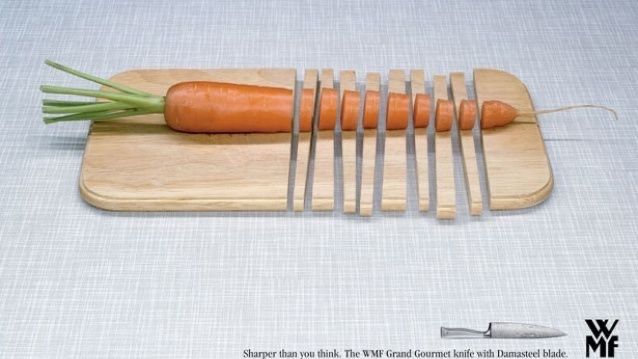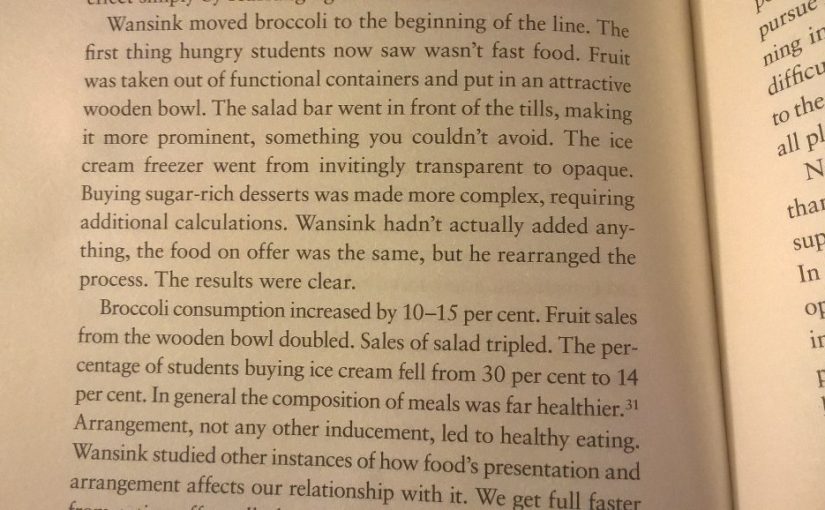In 2005 a flagging Japanese economy convinced Takashi Hashiyama, president of the electronics firm Maspro Denkoh, to sell the corporate collection of French impressionist paintings This included a major Cezanne landscape and lesser works by Sisley, van Gogh, and Picasso. Both Christies and Sotheby’s gave presentations to Hashiyama touting their expertise and ability to achieve the highest auction prices. In Hashiyama’s judgment, the presentations were equally convincing. To settle the matter, he proposed a game of rock, paper, scissors.
“The client was very serious about this,” Christie’s deputy chairman Jonathan Rendell said, “so we were very serious about it, too.” The money was serious, too. The Maspro Denkoh collection was valued at $20 million. Both Christie’s and Sotheby’s quickly agreed to the game.
In contrast, Kanae Ishibashi, the president of Christie’s Japan, began researching RPS strategies on the Internet. You may or may not be surprised to learn that an awful lot has been written on the game. Ishibashi had a break when Nicholas Maclean, Christie’s director of impressionist and modern art, mentioned that his eleven-year-old twin daughters, Alice and Flora, played the game at school almost daily.
Alice’s advice was “Everybody knows you always start with scissors.” Flora seconded this, saying “Rock is way too obvious… Since they were beginners, scissors was definitely the safest.”
Both girls also agreed that, in the event of a scissors-scissors tie, the next choice should be scissors again — precisely because “everybody expects you to choose rock.”
Ishibashi went into the meeting with this strategy, while the Sotheby’s rep went in with no strategy at all. The auction house people sat facing each other at a conference table, flanked by Maspro accountants. To avoid ambiguity, the players wrote their choices on a slip of paper. A Maspro executive opened the slips. Ishibashi had chosen scissors, and the Sotheby’s representative had chosen paper. Scissors cuts paper, and Christie’s won. In early May 2005, Christie’s auctioned the four paintings for $17.8m, earning the auction house a 1.9m commission.






































